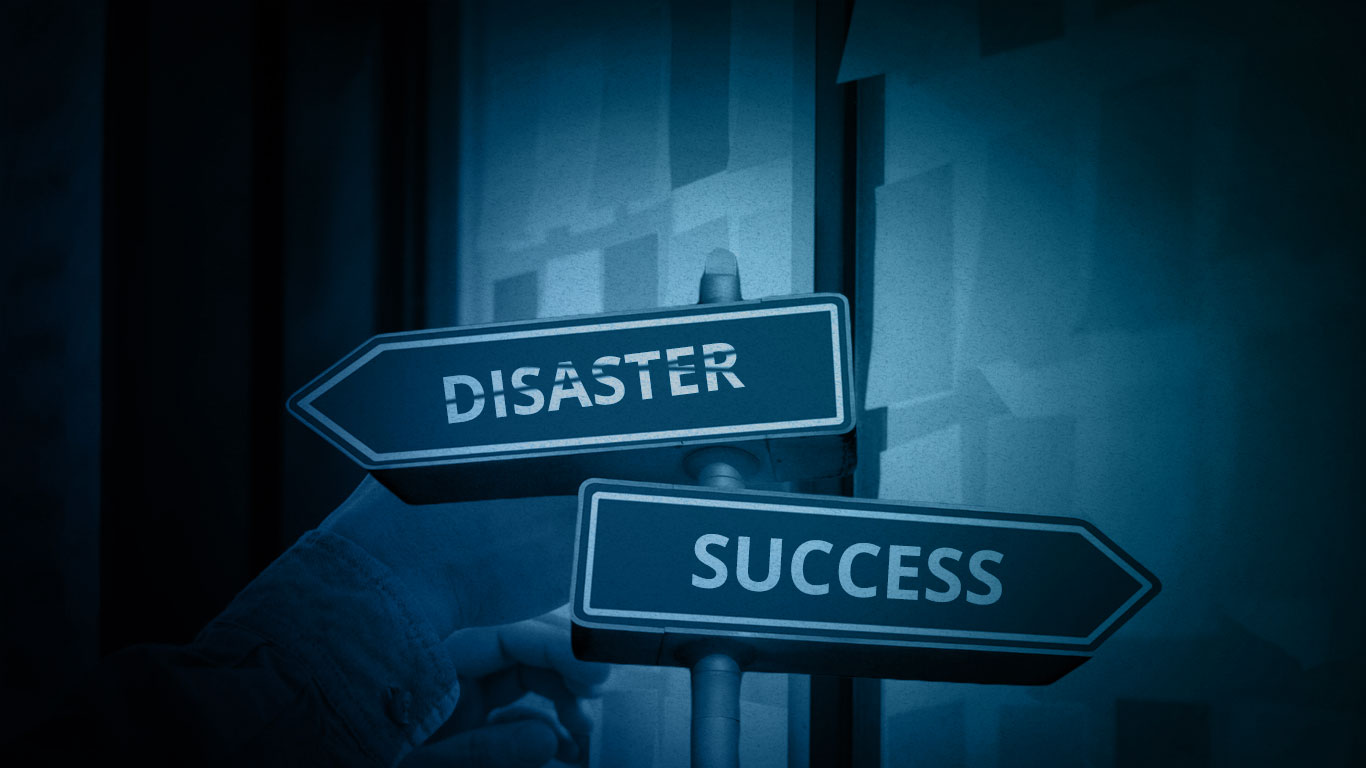

Dr. Agus Setiawan
PhD Holder and result-oriented Director with 25 years experience with involvement in all levels of Business Strategy, Sales and Marketing, Managing Project and Product Development. Aside of managing a company, he is also the best corporate trainer and public speaker in seminar and conference.
Agile Methodology: Business Savior or Recipe for Disaster?
Friday, 17 May 2024
"Agility is not a single practice, but a set of values and principles that guide a team's behavior."
- Robert C. Martin (Uncle Bob)
This quote perfectly encapsulates the core of Agile Methodology - a project management approach that emphasizes flexibility, adaptability, and continuous improvement. But is Agile truly the silver bullet for businesses in today's ever-changing landscape, or can it lead them down a path of unforeseen challenges?
Key Takeaways:
- Agile is more than practices, it's a flexible, adaptable approach. But it's not a guaranteed win.
- Bata's closure shows how failing to adapt to change can be fatal.
- Amazon's success highlights Agile's ability to drive innovation.
- Agile offers a framework, but adapt it to your company's culture for success.
This article delves into the power of Agile methodology, exploring success stories and cautionary tales to help you decide if it's the right fit for your organization.
The Power of Agile: Embracing Change and Innovation
The Agile methodology thrives on the notion that requirements and plans are fluid, allowing teams to adapt to new information and market shifts. This fosters a culture of innovation and empowers teams to take ownership of their projects. By breaking down large projects into smaller, iterative cycles (sprints), Agile promotes faster feedback loops and continuous improvement. This adaptability is crucial in today's dynamic business environment, where customer needs and technological advancements evolve rapidly.
Case Study: Bata Indonesia - A Cautionary Tale
Bata, a household name in Indonesia for decades, recently closed its doors with a total loss of 571 billion Rupiah. After experiencing 4 years of declining sales profit, the iconic shoe brand decided to exit the Indonesian market. For generations, Bata was synonymous with affordable and reliable footwear. However, the rise of online shopping and the increasing demand for trendy styles left Bata behind. Customers sought options Bata wasn't offering, leading to a decline in sales and market share. Bata's story serves as a cautionary tale. Even established businesses can fail if they avoid innovation and agility.
Case Study: Amazon - The Agile Champion
In the early 2000s, the e-commerce giant Amazon struggled with slow product delivery due to their waterfall approach. Customer feedback took ages to implement, hindering their ability to adapt. Amazon then embraced Agile, specifically the "two-pizza rule". This rule emphasizes small, cross-functional teams, promoting increased focus, enhanced customer focus, and improved innovation. The results show that new features and functionalities are delivered much quicker, rapid response to customer feedback results in higher customer satisfaction, an a culture of experimentation allows for stronger Innovation.
The Agile Imperative for Business Survival
While Agile is not without its challenges, its core principles of flexibility and responsiveness are becoming increasingly crucial for businesses to survive and thrive. In today's dynamic market, the ability to adapt to change and innovate rapidly is no longer a competitive advantage, it's a necessity. Agile provides a framework for fostering this adaptability, but successful implementation requires careful planning and consideration of your company's unique culture and needs.
Empowered by Agile methodology, businesses are thriving in today's dynamic market. But true agility requires mastery. Sharpen your Agile skills and become a champion of innovation with the Agile Mastery program by Multimatics. Visit their website here to learn more and unlock your organization's full potential.
Don't wait, take control of your future and become an Agile master today! Contact us for further information.
References
Atlassian. (n.d.). What is Agile? | Atlassian. https://www.atlassian.com/agile
Denning, S. (2024, February 20). How Amazon became agile. Forbes.
https://www.forbes.com/sites/stevedenning/2019/06/02/how-amazon-became-agile/?sh=1a6b258431aa
Vantighem,C. (n.d.). Is Amazon agile?. Teammeter.
https://www.teammeter.com/is-amazon-agile